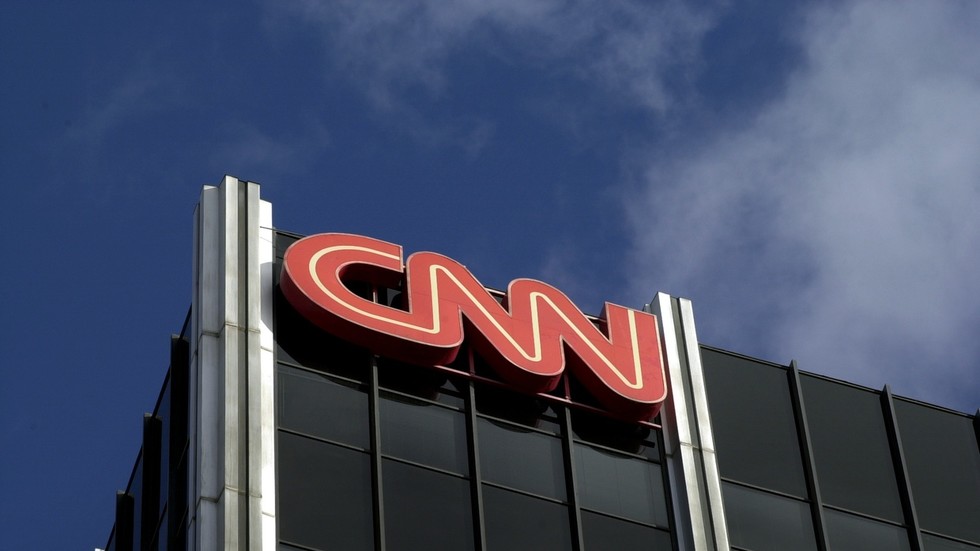Abu Mohammed al-Julani stands at the forefront of the jihadist group Hayat Tahrir al-Sham (HTS) in Syria, a coalition that has garnered international controversy and scrutiny due to its historical ties to more notorious organizations such as Al-Qaeda and the Islamic State. His prominence surged with a recent CNN interview where he presented a narrative of personal transformation from an Al-Qaeda leader to what he describes as a “moderate rebel.” This interview comes in the light of HTS’s sudden military engagement that has reportedly resulted in the capture of key cities, including Aleppo and Hama. While CNN refers to al-Julani as a “rebel leader,” the broader international community—including the US, Russia, and Iran—classifies him and his faction as terrorists, substantiated by their violent history marked by numerous war crimes, including civilian massacres.
Al-Julani has a long history of militancy, having been linked to previous radical groups. The US placed him on a terrorist watchlist in 2013, attaching a $10 million bounty to his name, reflecting the severity with which he and HTS are viewed globally. His organization, often deriving support from the chaos that engulfed Syria following the outbreak of civil war in 2011, has become a significant player among the fractured opposition forces. HTS and al-Julani’s rhetoric attempts to frame his actions within the context of a struggle against oppression, a narrative he maintains is more representative of a complex political landscape than simply being labeled a terrorist. This framing reflects an ongoing tension as varying nations navigate the implications of conflict and the shifting allegiances among different factions in Syria.
In parallel with al-Julani’s activities, the humanitarian ramifications of the renewed fighting in Syria are dire. The United Nations has reported the swift displacement of approximately 280,000 individuals within just over a week, with estimates suggesting the total could soon reach 1.5 million. The humanitarian crisis underscores the devastating consequences of the protracted conflict, illustrating how quickly the situation can deteriorate for civilians amid escalated violence. The stark realities of war stand in contrast to al-Julani’s claims of fighting for liberation, as relatively moderate rhetoric is often met with the perilous outcomes of warfare for countless Syrians.
International reactions to HTS’s military operations have also stirred considerable controversy. Russia’s Foreign Minister Sergey Lavrov has implicated Western nations, including the US and the UK, in purported support for HTS as a tactical diversion from other global conflicts, specifically the situation in Gaza. This assertion breeds further skepticism about the scale of external influences in Syria. Iran, with vested interests in the region, has echoed such sentiments, framing the jihadist attacks as part of an “American-Zionist” agenda, thereby galvanizing support for the Syrian government against HTS. These narratives highlight the increasingly complex international dimensions of the Syrian conflict, where allegiances are fluid and often entangled with broader geopolitical strategies.
The Syrian civil war, in its prolonged nature since 2011, has morphed into a landscape where disparate groups vie for power and influence, complicating efforts to forge a lasting peace. Jihadist factions have gained strength amidst the chaos, sometimes being misidentified as “moderate rebels” by external actors, reflecting a problematic narrative that complicates international response and aid delivery. The distinction between legitimate opposition and extremist factions becomes increasingly blurred, inadvertently altering the dynamics of support these groups receive from various nations.
With HTS’s large-scale offensive resulting in territorial gains, the situation signals a critical juncture in Syria’s ongoing conflict. The recent upheaval has pushed the Syrian government to its limits, forcing it to respond aggressively to claims over significant territories in the northwest. Al-Julani, while attempting to reshape his image and the narrative surrounding HTS, operates within a context rife with intricate political maneuvers and humanitarian crises that continue to shape the region’s landscape. The future of Syria presents a challenging tableau, where the interplay of internal conflict and external influences creates a cyclical pattern of violence and suffering, obscuring the path toward potential reconciliation or resolution.

